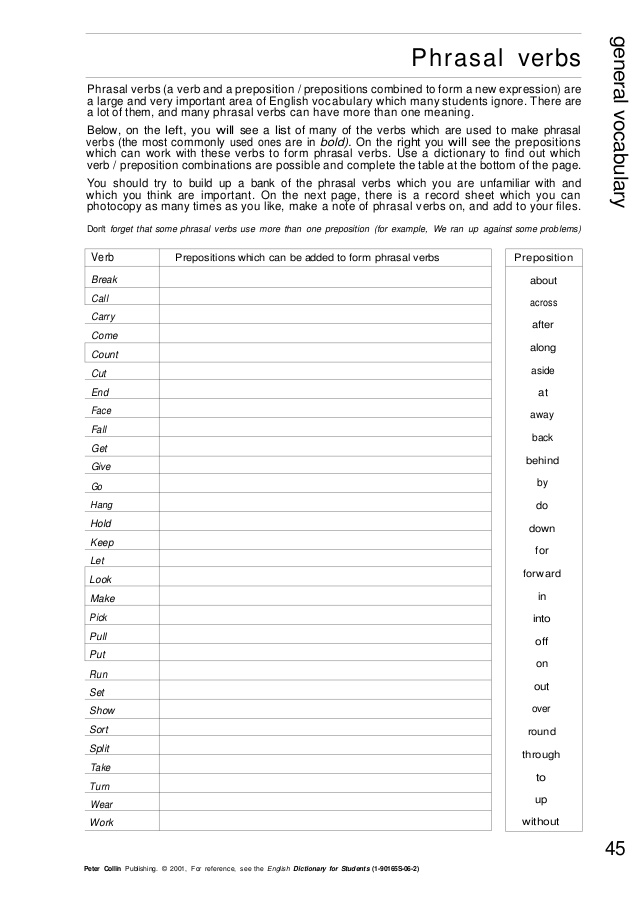
As wombats arrange these feces to mark territories and attract mates, it is believed that the cubic shape makes them more stackable and less likely to roll, which gives this shape a biological advantage. They are not commonly seen, but leave ample evidence of their passage, treating fences as minor inconveniences to be gone through or under. Although mainly crepuscular and nocturnal, wombats may also venture out to feed on cool or overcast days. The advantage of a backward-facing pouch is that when digging, the wombat does not gather soil in its pouch over its young. One distinctive adaptation of wombats is their backward pouch. Wombats dig extensive burrow systems with their rodent-like front teeth and powerful claws. Characteristics Wombat in Narawntapu National Park, Tasmania The largest known wombat, the extinct Phascolonus, which went extinct approximately 40,000 years ago, is estimated to have had a body mass of up to 360 kilograms (790 lb). : 10– Some prehistoric wombat genera greatly exceeded modern wombats in size. Wombats are estimated to have diverged from other Australian marsupials relatively early, as long as 40 million years ago, while some estimates place divergence at around 25 million years.

Though genetic studies of the Vombatidae have been undertaken, evolution of the family is not well understood. The spelling went through many variants over the years, including "wambat", "whombat", "womat", "wombach", and "womback", possibly reflecting dialectal differences in the Darug language.

Because of this, localities such as Badger Creek, Victoria, and Badger Corner, Tasmania, were named after the wombat. Price wrote: "We saw several sorts of dung of different animals, one of which Wilson called a "Whom-batt", which is an animal about 20 inches high, with short legs and a thick body with a large head, round ears, and very small eyes is very fat, and has much the appearance of a badger." Wombats were often called badgers by early settlers because of their size and habits. It was first recorded in January 1798, when John Price and James Wilson, a white man who had adopted aboriginal ways, visited the area of what is now Bargo, New South Wales. The name "wombat" comes from the now-nearly extinct Dharug language spoken by the aboriginal Dharug people, who originally inhabited the Sydney area. They are adaptable and habitat tolerant, and are found in forested, mountainous, and heathland areas of southern and eastern Australia, including Tasmania, as well as an isolated patch of about 300 ha (740 acres) in Epping Forest National Park in central Queensland. Living species are about 1 m (40 in) in length with small, stubby tails and weigh between 20 and 35 kg (44 and 77 lb). Wombats are short-legged, muscular quadrupedal marsupials of the family Vombatidae that are native to Australia.


 0 kommentar(er)
0 kommentar(er)
